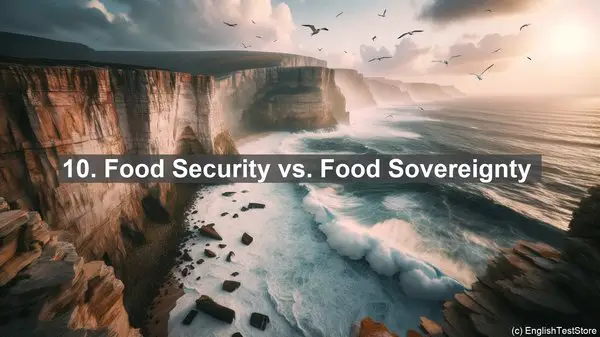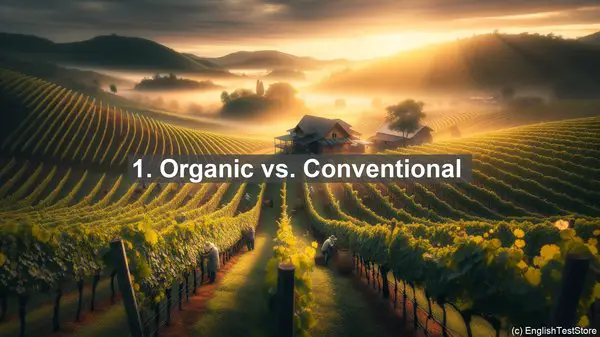Introduction
Today, we’re going to dive into the fascinating world of agroecology. But before we do, let’s address a common challenge – the confusion that arises from similar-sounding words. In this lesson, we’ll explore the top 10 words that often leave people scratching their heads. So, let’s get started!
1. Organic vs. Conventional
One of the first dilemmas in agroecology is understanding the difference between organic and conventional farming. While both involve cultivation, organic farming relies on natural methods, avoiding synthetic chemicals. On the other hand, conventional farming embraces modern technologies, including pesticides and fertilizers. So, it’s a choice between traditional and contemporary approaches.
2. Biodiversity vs. Monoculture
Biodiversity and monoculture represent two contrasting approaches to farming. Biodiversity emphasizes the importance of a variety of plant and animal species, creating a balanced ecosystem. In contrast, monoculture focuses on a single crop, often for higher yields. While monoculture can be efficient, it may lead to ecological imbalances and vulnerability to pests.

3. Sustainable vs. Regenerative
Sustainability and regeneration are key goals in agroecology. Sustainable practices aim to maintain resources for future generations, minimizing environmental impact. Regenerative practices go a step further, actively restoring and improving ecosystems. So, while sustainability is about preserving, regeneration is about actively healing the land.
4. Permaculture vs. Agroforestry
Permaculture and agroforestry are two design systems that promote ecological harmony. Permaculture involves creating self-sustaining, diverse ecosystems, often in small spaces. Agroforestry, on the other hand, integrates trees and crops, harnessing their symbiotic relationship. Both approaches have their merits, depending on the context and goals.
5. Soil Health vs. Soil Fertility
When we talk about soil, two terms often come up – health and fertility. Soil health refers to its overall condition, including factors like structure, organic matter, and biodiversity. Soil fertility, on the other hand, specifically relates to its ability to support plant growth. While they are related, focusing on soil health ensures a more holistic approach.
6. Erosion vs. Sedimentation
Erosion and sedimentation are processes that shape our landscapes. Erosion involves the removal of soil, often due to water or wind, leading to land degradation. Sedimentation, on the other hand, is the deposition of eroded material, which can impact water bodies. Both processes can have significant environmental consequences.
7. Invasive vs. Native Species
In the realm of biodiversity, the distinction between invasive and native species is crucial. Invasive species, often introduced by human activities, can outcompete native species, leading to ecological disruption. Native species, on the other hand, are naturally occurring and play a vital role in local ecosystems. Balancing the two is essential for a healthy environment.
8. Composting vs. Vermicomposting
Composting and vermicomposting are two methods of recycling organic waste. Composting involves the natural decomposition of waste, aided by microorganisms. Vermicomposting, as the name suggests, adds a special ingredient – worms. These worms enhance the decomposition process, resulting in nutrient-rich vermicompost, often referred to as ‘black gold’.

9. Pollination vs. Fertilization
When it comes to plant reproduction, pollination and fertilization are key steps. Pollination is the transfer of pollen from the male to the female part of a flower, often aided by pollinators like bees. Fertilization, on the other hand, is the fusion of the male and female reproductive cells, leading to seed formation. Both processes are vital for plant diversity and food production.
10. Food Security vs. Food Sovereignty
Food security and food sovereignty are concepts related to ensuring access to safe and nutritious food. Food security focuses on availability, accessibility, and affordability of food. Food sovereignty, in addition to these aspects, emphasizes the rights of communities to define their own food systems, often promoting local, sustainable practices.
